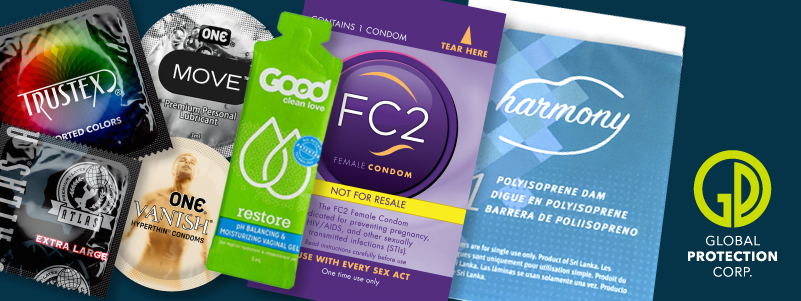The Centers for Disease Control and Prevention (CDC) has recently published three new and exciting HIV surveillance reports. This data provides insight into the incidence and prevalence of HIV in the US. Over the years, there has been tremendous progress in medications and reducing new infections. Compared to 2017, there was a 12% decrease in HIV infections in 2021. A major contributor to this decline is the 34% drop in new infections for men who have sex with men (MSM) aged 13‒24 years.
This trend can be attributed to a few major factors, including increased access to HIV testing, use of pre-exposure prophylaxis (PrEP), and better treatment options. PrEP has been one of the most significant advancements in HIV prevention. From 2017 to 2021, the percentage of eligible people prescribed PrEP jumped from 13% to 30%. For those diagnosed with HIV in 2021, 82% were linked to care within one month, falling just short of the 95% target set by the Ending the HIV Epidemic (EHE) initiative. The percentage of people achieving viral suppression due to effective treatment has also increased slightly, from 63% in 2017 to 66% in 2021.
While progress is being made, there are still many challenges to ensuring equitable access to prevention and care for all populations. In 2021, male-to-male sexual contact accounted for 66% of new infections, Black women represented 52% of all new infections among women, and almost half of new infections were among those aged 25-34. Those in southern states accounted for over half of all HIV diagnoses in the country, and even with an increase in testing, an estimated 13% of people with HIV still remain unaware of their status. For certain demographics, Black people, Native Hawaiian/other Pacific Islanders, and those who inject drugs, accessing timely care after a diagnosis was a greater challenge. Furthermore, PrEP coverage remains under 20% for Black people, women, and those between the age of 16 and 24. Reaching these populations equitably to achieve national goals remains a critical focus.
The data on HIV incidence and prevention efforts in the United States provide a mix of encouraging signs and persistent challenges. Though it is estimated that 1.2 million people were living with diagnosed and undiagnosed HIV at the end of 2021, there were no increases in HIV incidence for any population. Addressing disparities, including racism and other social determinants of health, is crucial for further progress in combating the HIV epidemic in the United States. Increased access to sexual health care and education can also help reduce new infections by promoting condom use, continuous testing, and diminishing the stigma of STIs in general. Global Protection Corp.® was founded in 1987 during the AIDS Crisis, so a passion for prevention is in our DNA. Even with advancements in research and medical technology, we are happy to be the first line of defense in continuing to reduce HIV stigma and incidence throughout the world. Thank you to all of our amazing partners and educators for their on going passion and helping us achieve our mission!
Check out your condom options here, including the first and only FDA approved condom for anal sex! Have questions? Contact us.
